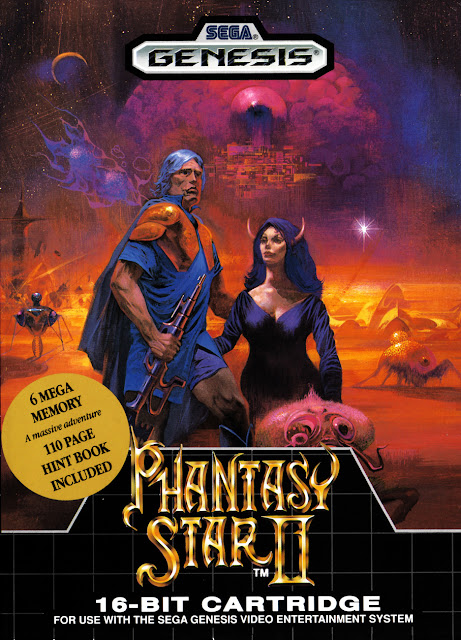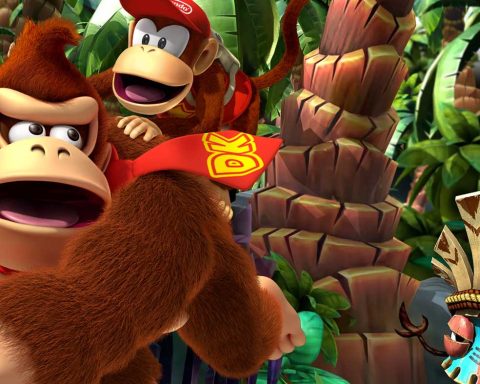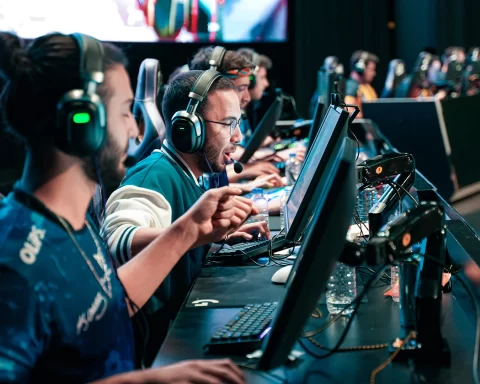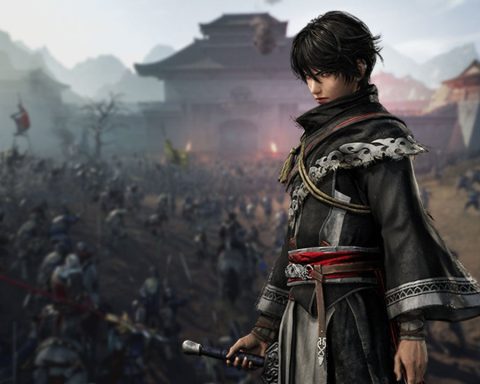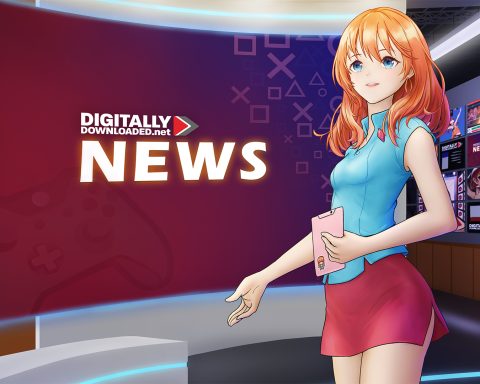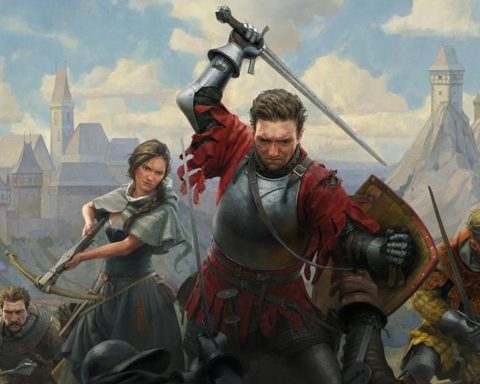Retro reflections by Nick H.
…Or perhaps the title should have said ‘Phantasy’ RPG series. Specifically, for my retro reflections this week, I want to talk about Phantasy Star II, though I spent ample time with parts three and four as well and will likely talk about them down the road. Now, the very first game in the series, Phantasy Star, was one that I missed completely the first time around.
It was an odd thing when I was younger, because my uncle bought me an NES – and none of my friends had a Sega Master System. So I would sometimes read about Sega games in magazines (I was subscribed to lots of gaming mags as a kid), and there were some that always looked really interesting to me, but it would be years later until I played them.
Fast forward a bit however, and instead of a Super Nintendo, my uncle gave me his purchased but hardly used Sega Genesis. This is when I was introduced to Phantasy Star II, which takes place well after the events of the first game – not that you have to be familiar with the story (I was not) to enjoy what Phantasy Star II had to offer. There were some pretty familiar mechanics to the game such as turn-based combat, multiple characters that could comprise the team and a lot of grinding. These were all things I was very familiar with.
To read on, please log in with your DDNet Premium account:


